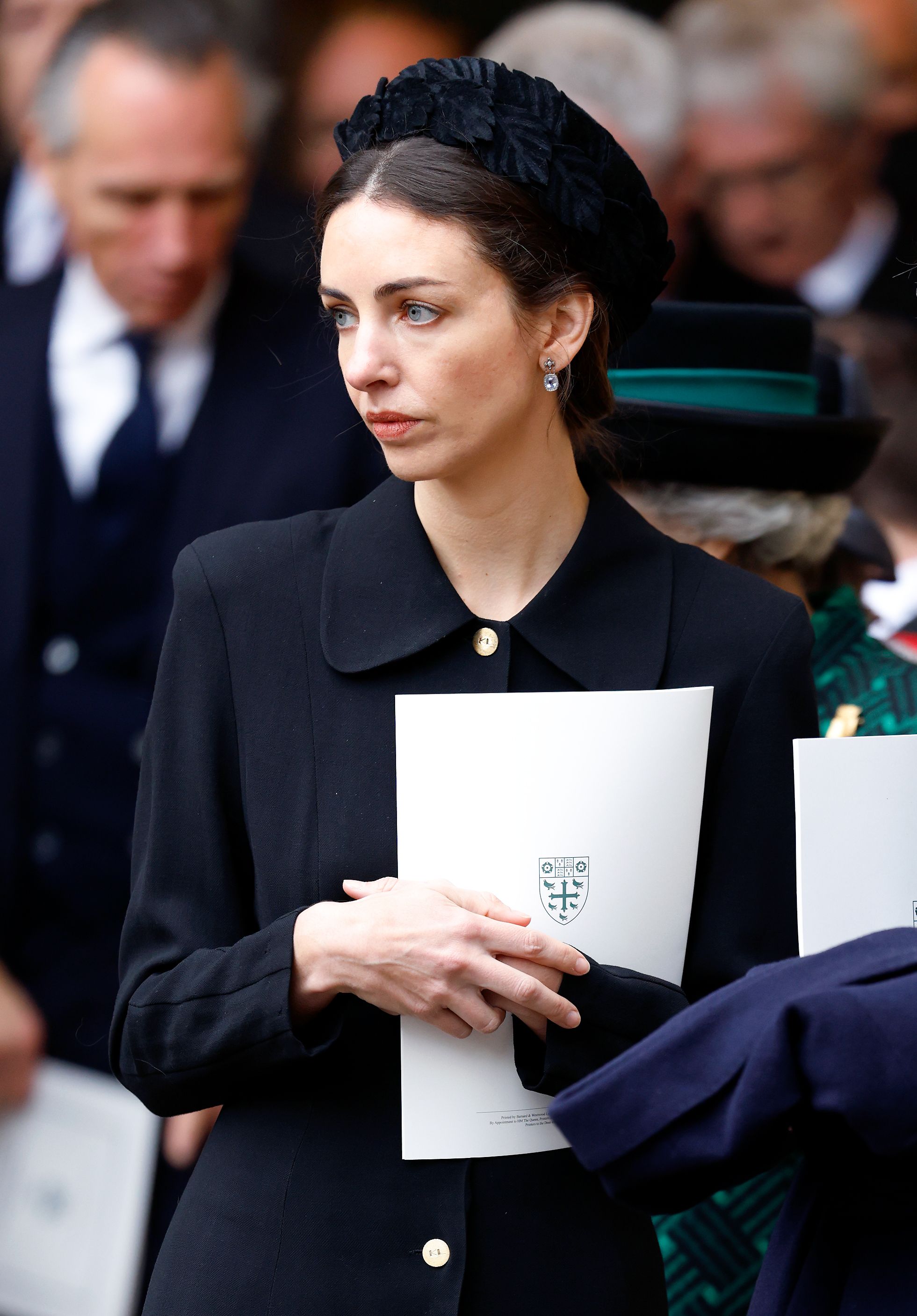
The mysterious absence of Kate Middleton, the Princess of Wales, has sparked a flurry of conspiracy theories, including renewed speculation about her husband Prince William’s alleged affair with British noblewoman Rose Hanbury, the Marchioness of Cholmondeley. Despite Hanbury’s lawyers’ denials of the affair rumors, increased public interest in the royal family has heightened scrutiny of her past.
Chinese platforms, such as Xiaohongshu and Weibo, have raised questions about the origins of Rose Hanbury’s opulent furniture
Hanbury’s connection to Houghton Hall, the historic estate where she lives with her husband, David Rocksavage, the Marquess of Cholmondeley, and their children, has also received attention recently. Social media users, particularly on Chinese platforms such as Xiaohongshu and Weibo, have raised questions about the origins of Hanbury’s opulent furniture, implying possible links to looting during China’s late Qing Dynasty.
The scrutiny of Hanbury’s decor has reignited calls for the return of potentially misappropriated foreign artifacts in the UK
According to a post on Xiaohongshu, Hanbury’s husband inherited the furniture from the Sassoon family, known as “the Rothschilds of the East,” who amassed wealth through a 19th-century trading empire that included dealings in commodities such as opium. While the Sassoons were prominent figures in British society, their legacy is tainted by accusations of profiting from China’s turbulent history, including looting artifacts during the country’s “century of humiliation.”
The scrutiny of Hanbury’s decor has reignited calls for the return of potentially misappropriated foreign artifacts in the UK. Museums, including the British Museum, which received donations from the Sassoon family, have come under fire for storing stolen Chinese artifacts. The ongoing debate reflects broader tensions about cultural heritage and restitution in a globalized world.
Ellie Hall, a former royal reporter, commented on the unexpected twist in the royal saga, emphasizing the public’s interest in learning every detail about Princess Kate’s absence. As speculation grows, the mystery surrounding Middleton’s whereabouts adds another layer of intrigue to the ever-changing story of the British royal family.
The Sassoons, who hailed from Jewish Baghdad, built a vast trading empire that stretched across continents, dealing in everything from textiles to tea. However, their most notorious trade was opium, a lucrative business that contributed significantly to their enormous wealth.
As the Sassoon dynasty grew, they evolved from successful merchants to influential members of the British aristocracy. Sir Albert Sassoon, knighted in 1872, paved the way for the family’s entry into British high society, cementing their place among the elite.
The Sassoon family’s legacy is not without controversy. Their involvement in the opium trade, especially during a period of colonial expansion and exploitation, has sparked outrage and condemnation. Questions have also been raised about the acquisition of specific artifacts, prompting discussions about restitution and historical accountability.
